Bethel is a small rural city located in southwest Alaska, situated along the Kuskokwim River. With a population of just over 6,000 people, Bethel offers a quiet and peaceful getaway surrounded by the beautiful Alaskan wilderness. Though small, there is still plenty to see and do during your visit to this remote city.
| Activity | Description |
|---|---|
| Cultural Center and Museum Visit | Explore Yup’ik heritage and traditions. |
| Fishing Along the Kuskokwim River | Enjoy abundant fishing opportunities. |
| Flightseeing Over Tundra | Aerial tours showcasing the area’s wilderness. |
| Learning About Missions and Moravian History | Discover Bethel’s historical mission sites. |
| Wilderness Hiking and Camping | Adventure in the nearby Alaskan wilderness. |
| Sled Dog Mushing | Experience dog sledding on Iditarod Trail. |
| Riverboat Cruise | Scenic cruising on the Kuskokwim River. |
| Cama-i Dance Festival Attendance | Engage in a vibrant cultural celebration. |
| Shopping for Native Handicrafts | Purchase authentic local crafts. |
| Guided ATV Tours | Explore tundra terrain on an ATV. |
| Relaxing at Nearby Hot Springs | Unwind in geothermal hot springs. |
| Visiting Kusilvak Census Area Villages | Explore nearby villages and their lifestyles. |
From cultural attractions that highlight the Yup’ik heritage to outdoor adventures in the nearby tundra or rivers, Bethel has something for every type of traveler. Whether you’re interested in learning about Alaska Native traditions, connecting with nature, or simply relaxing in a tranquil setting far from the hustle and bustle of bigger towns and cities, Bethel is a unique destination you won’t want to miss.
Visit the Yupiit Piciryarait Cultural Center and Museum

Name and Location: Yupiit Piciryarait Cultural Center and Museum, located in Bethel, Alaska.
History and Significance: The Yupiit Piciryarait Cultural Center and Museum is dedicated to preserving and showcasing the cultural heritage of the Yup’ik people, the indigenous inhabitants of the Yukon-Kuskokwim Delta region in southwestern Alaska.
What to Expect: Visitors can explore exhibits featuring traditional Yup’ik art, crafts, and artifacts, as well as learn about the history and culture of the Yup’ik people through interactive displays and educational programs. The museum also hosts cultural events and workshops throughout the year.
Visitor Information: The Yupiit Piciryarait Cultural Center and Museum is open year-round, with varying hours depending on the season. Admission fees apply, and guided tours are available upon request. The museum is located in the heart of Bethel and is easily accessible on foot or by car.
The Yupiit Piciryarait Cultural Center and Museum is one of Bethel’s top attractions you won’t want to miss during your visit. This museum and cultural center aims to preserve and promote the heritage of the Yup’ik people who have inhabited southwest Alaska and the Yukon-Kuskokwim Delta for over 10,000 years.
The museum has over 5,000 artifacts in its collection related to Yup’ik culture and history. Some highlights include tools, masks, baskets, drums, hunting weapons, clothing decorated with intricate patterns, kayaks, historical photographs documenting changes in Yup’ik lifestyle over the past century, and contemporary Yup’ik art. Visitors can take a self-guided tour to view the permanent and rotating exhibits detailing various aspects of Yup’ik traditions, livelihoods, stories, and more. Make sure to watch one of documentary films they frequently screen as well.
In addition to the exhibits, the cultural center also offers regular programs and events. You may be able to view traditional dance performances, listen to elder storytelling, meet local artists, or even attend workshops to learn traditional skills like basket weaving, drum making, or hide tanning. A visit to the Yupiit Piciryarait Cultural Center and Museum provides meaningful insight into historic and present-day Yup’ik culture.
Go Fishing Along the Kuskokwim River

Name and Location: Fishing along the Kuskokwim River, which flows through southwestern Alaska and empties into the Bering Sea near Bethel.
History and Significance: The Kuskokwim River has been a vital source of food and transportation for the Yup’ik people for thousands of years. The river is known for its abundant salmon runs and other fish species, which have sustained the local communities for generations.
What to Expect: Visitors can enjoy fishing for salmon, sheefish, northern pike, and other species along the Kuskokwim River. Guided fishing trips and boat rentals are available from local outfitters in Bethel and nearby villages. The river also offers scenic views of the surrounding tundra and wildlife.
Visitor Information: Fishing licenses are required and can be obtained through the Alaska Department of Fish and Game. Visitors should be prepared for changing weather conditions and bring appropriate gear for their planned fishing activities. It is important to respect local fishing regulations and practice catch-and-release when necessary.
As the longest free-flowing river in the United States, the Kuskokwim River offers excellent fishing opportunities while in Bethel. You can try catching rainbow trout, arctic char, burbot, arctic grayling, northern pike, sheefish, and multiple species of pacific salmon. King (chinook) salmon runs occur from June through August, coho salmon runs happen in September, and chum salmon can be found swimming upstream from July until fall freeze-up.
Several local outfitters offer guided fishing trips onto the Kuskokwim River or you can rent a boat on your own to head out. Be prepared with the proper fishing gear and clothing.
Daily catches vary but the abundant fish runs ensure productive fishing. Just be sure to buy the required fishing licenses and adhere to limits. Bringing back your own wild Alaskan salmon to cook makes for an authentic and memorable Bethel experience. Not into fishing? You can still walk along parts of river and take in scenic views or even watch locals cast their hooks during the popular summer runs.
Go Flightseeing Over Nearby Tundra and Wilderness

Name and Location: Flightseeing tours over the tundra and wilderness surrounding Bethel, Alaska.
History and Significance: The vast tundra and wilderness areas around Bethel are home to diverse wildlife and stunning natural beauty. Flightseeing tours offer a unique perspective on this remote and rugged landscape.
What to Expect: Visitors can take a small plane or helicopter tour over the tundra, rivers, and mountains surrounding Bethel. These tours offer opportunities to spot wildlife, such as moose, caribou, and bears, as well as to appreciate the scale and beauty of the Alaskan wilderness.
Visitor Information: Flightseeing tours are available from several operators based in Bethel. Tours typically last 1-2 hours and can accommodate small groups. Prices vary depending on the length and type of tour. Visitors should be prepared for changing weather conditions and bring a camera to capture the stunning aerial views.
For an aerial perspective over Bethel and the surrounding region, book a flightseeing tour. Small planes whisk you high above for breathtaking vistas over the Yukon Delta National Wildlife Refuge’s rolling tundra, meandering rivers, forests dotted with lakes, and even glimpses of wild creatures roaming the backcountry miles from civilization. It’s a stunning landscape that seems untouched for centuries.
Certified pilots narrate the flight to point out geological formations, historically significant sites relevant to the Yup’ik people’s past, herds of caribou crossing over permafrost, flocks of birds gliding gracefully to their summer breeding grounds, bears prowling across open tundra, and other memorable sights.
Some excursions may even include remote wilderness landings to better immerse yourself in pristine settings accessible only by air travel. Flightseeing over of southwest Alaska provides new appreciation for the region’s raw beauty and gives worthwhile aerial views you can’t enjoy anywhere else.
Learn About Missions and Moravian History

Name and Location: Moravian Church and historical sites in Bethel, Alaska.
History and Significance: The Moravian Church has played a significant role in the history of Bethel and the surrounding region since the late 19th century. Moravian missionaries established a presence in the area and worked to convert the local Yup’ik people to Christianity, while also providing education and healthcare services.
What to Expect: Visitors can learn about the history of the Moravian Church and its impact on the region by visiting the Moravian Church and other historical sites in Bethel. The church itself is a notable landmark, with its distinctive architecture and role in the community.
Visitor Information: The Moravian Church in Bethel is open to visitors, with services held regularly. Visitors interested in learning more about the history of the church and its missions can contact the church directly or visit the Yupiit Piciryarait Cultural Center and Museum for more information.
Bethel has an interesting past dating back to 1885 when it was founded as a Moravian mission named Bethel by Reverend William Weinland. The Moravian church still maintains a strong presence in Bethel today.
To learn about the influence of early Protestant missionaries and why they selected this site along the Kuskokwim River as an ideal location to construct a school, church, clinic, and living quarters, stop into the Bethel Visitor Center.
Friendly staff detail the history of those initial structures that now form a National Historic Landmark recognized as the “Baranov and Tsissuan Angyarualakta Tuiqan” complex.
In addition, you can tour two well-preserved buildings from the original mission that still stand strong since the early 20th century. Visit the Chief Paul John House, an excellent example of mingled Yup’ik and Moravian design showcasing indigenous building techniques.
The Mission House provides another stellar example of adapted architecture blending western and native Alaskan influences in its construction. Wandering through these homes transports visitors back in time to visualize what daily life resembled when the mission operated at full capacity.
Understanding Bethel’s past as a Moravian outpost that respectfully integrated Yup’ik culture provides greater context to appreciate this unique town’s present identity shaped by that mixed history.
Hike and Camp in Nearby Alaskan Wilderness

Name and Location: Hiking and camping in the wilderness areas surrounding Bethel, Alaska.
History and Significance: The vast wilderness areas around Bethel have been home to the Yup’ik people for thousands of years and continue to play a significant role in their traditional way of life. These lands also offer unique opportunities for outdoor recreation and adventure.
What to Expect: Visitors can explore the tundra, forests, and rivers surrounding Bethel on foot, with hiking trails ranging from short nature walks to multi-day backcountry treks. Camping is allowed in designated areas, offering a chance to immerse oneself in the Alaskan wilderness.
Visitor Information: Hikers and campers should be well-prepared for the challenging conditions of the Alaskan wilderness, including changing weather, rugged terrain, and the presence of wildlife. It is important to carry appropriate gear, food, and water, and to follow Leave No Trace principles to minimize impact on the environment. Visitors can obtain maps and information on hiking trails and camping areas from the Yupiit Piciryarait Cultural Center and Museum or local outdoor outfitters.
Though small, Bethel’s gateway location near multiple protected wilderness areas like the Yukon Delta National Wildlife Refuge and the Togiak National Wildlife Refuge means plenty of hiking and camping options abound just beyond city limits. You can set off completely self-supported into roadless backcountry or take guided treks ranging from day trips to overnight excursions with companies that handle all the logistics.
Some stellar hiking routes in the region include the Nunapitchuk Passage Trail (moderate 11-mile long day hike), the Ayaperilak Creek Trek (more challenging 22-mile long route), and Summit Ridge Trail (strenuous 18-mile ascent up a 3,000 foot tall mountain). Iconic destinations for experienced Alaska backpackers prepared for completely undeveloped landscapes involve the Andreafsky Wilderness southerly of Bethel and Wood-Tikchik State Park to the northeast, though multiple float plane or boat rides may be required to access trailheads.
Wherever you wander near Bethel and however you choose to explore, prepare properly for variables like sudden weather changes, dangerous wildlife encounters, river crossings, lack of cell service, and other wilderness factors. But risky challenges come with great reward if you wish to connect with unspoiled panoramic nature well off the beaten path.
Go Sled Dog Mushing on an Iditarod Trail Excursion

Name and Location: Sled dog mushing excursions on the Iditarod Trail, starting from Bethel, Alaska.
History and Significance: The Iditarod Trail, which runs from Anchorage to Nome, is a historic route that played a crucial role in the transportation of goods and people in the early 20th century. Today, the trail is best known for the annual Iditarod Sled Dog Race, a grueling 1,000-mile competition that tests the endurance of mushers and their dog teams.
What to Expect: Visitors can experience the thrill of sled dog mushing on a guided excursion along a portion of the Iditarod Trail. These tours typically include an introduction to the history and techniques of mushing, as well as a chance to meet the dogs and ride on a sled through the Alaskan wilderness.
Visitor Information: Sled dog mushing excursions are available from several operators based in Bethel, with tours ranging from a few hours to multi-day adventures. Participants should be prepared for cold temperatures and be in reasonably good physical condition. It is important to follow the guide’s instructions and respect the safety of the dogs and other participants.
The world-renowned annual Iditarod Trail Sled Dog Race runs over 1,000 miles across Alaska from Anchorage up to Nome, travelling through the wilderness that includes the isolated Yukon-Kuskokwim Delta surrounding Bethel. Visitors can emulate part of the iconic racecourse by taking dog sledge tours along select portions of the historic Iditarod Trail not far from Bethel during winter months.
Certified mushers guide limited-sized groups on hour-long or half-day outings into spruce forests and over frozen marshes behind athletic husky teams eager to pull sleds through snow. Glide over glistening terrain, feel crisp air whip your face, listen to the quiet punctuated only by dogs panting and paws padding over powder, and bond with your hardworking canine cohort.
Mushers share stories about competitive mushing, survival tales from extreme expeditions, demonstrations of critical trail commands for directing dog teams, and intricacies of tending to working sled dogs.
Iditarod-themed sled dog rides allow you to check off your bucket list dreams of driving a pack of huskies across remote Alaskan landscapes just like famous mushers competing annually for Iditarod glory. Tours typically include needed outerwear, snacks out on the trail, and transportation to and from Bethel lodging to minimize hassles.
With an expert guide leading the winter adventure, this activity offers safe introduction to mushing basics capped with sweeping vistas of southwest Alaska from a unique on-the-ground perspective.
Explore the Kuskokwim River on a Riverboat Cruise

Name and Location: Kuskokwim River riverboat cruises, departing from Bethel, Alaska.
History and Significance: The Kuskokwim River has long been a vital transportation route for the Yup’ik people and played a key role in the development of the region. Riverboat cruises offer a unique perspective on the history, culture, and natural beauty of the area.
What to Expect: Visitors can take a riverboat cruise along the Kuskokwim River, enjoying scenic views of the surrounding tundra, forests, and mountains. These cruises often include stops at historical sites, such as old trading posts and Yup’ik villages, as well as opportunities to spot wildlife, such as moose, bears, and various bird species.
Visitor Information: Kuskokwim River riverboat cruises are available from several operators based in Bethel, with tours ranging from a few hours to multi-day adventures. Participants should be prepared for changing weather conditions and bring appropriate clothing and gear. It is important to follow the crew’s instructions and respect the safety and cultural significance of the sites visited along the way.
A scenic riverboat cruise along a portion of the Kuskokwim River National Waterway gives you placid perspective of Bethel and the surrounding region. Relax onboard vintage river crafts captained by locals who provide commentary on sights along the banks.
Drift past fish camps and small Yup’ik villages, glimpse wildlife grazing marshes fringing the shores, understand why this lifeblood channel sustained populations for ages with its fish-filled waters, and absorb panoramas of endless tundra to the horizon.
Longer full or half-day rides on the river may involve notable stops like visiting the historic Moravian mission village of Quinhagak or weaving through parts of the Kuskokwim Delta National Wildlife Refuge rich in migratory birds. Pack a camera to snap photos capturing the essence of bush communities surviving modern day in remote settings barely changed over generations.
Witness floatplane and barge traffic that provides vital outside access and brings supplies that local stores sell. Though civilization feels far removed in these parts, riverboat rides on the arterial Kuskokwim showcase interconnection with other Alaskan towns through a seasonal network of rivers supporting commerce and transportation.
Attend the Cama-i Dance Festival

Name and Location: Cama-i Dance Festival, held annually in Bethel, Alaska.
History and Significance: The Cama-i Dance Festival is a celebration of Yup’ik culture and heritage, featuring traditional dance performances, music, and art. The festival brings together dancers and artists from across the Yukon-Kuskokwim Delta region and beyond, showcasing the rich cultural traditions of the Yup’ik people.
What to Expect: Visitors can attend the Cama-i Dance Festival and experience the vibrant music, dance, and art of the Yup’ik culture. The festival features performances by dance groups from various villages, as well as workshops, demonstrations, and cultural exhibits.
Visitor Information: The Cama-i Dance Festival typically takes place in the spring, with exact dates varying from year to year. The festival is held at the Yupiit Piciryarait Cultural Center and other venues in Bethel. Tickets are available for purchase, and visitors are encouraged to book accommodations in advance, as Bethel can be busy during the festival season.
One major annual event on Bethel’s cultural calendar that should not be missed is the Cama-i Dance Festival occurring each March. Cama-i translates to “hello” in the Yup’ik language.
The lively gathering originated over 30 years ago as means for geographically separated Yup’ik communities to come together through dance, conveying the festival’s ongoing theme of connectedness between tribe members from across tundra-laden lands and icy waters dividing their villages.
Hundreds flock to Bethel for the three day Cama-i celebration filled with traditional Yup’ik singing, dancing, storytelling, and artistry. Watch known and up-and-coming Alaska Native performers command stages in the local high school auditorium outfitted in elaborate regalia as they drum to songs passed down generations. Intricate masks, grass weavings, fur parkas, walrus tusk carvings, handcrafted baskets, and other fine Yup’ik artisan wares are displayed at an indoor fair where creators also sell their works.
The Cama-i Dance Festival reinforces cultural identity, inspires younger generations through role models sharing tribal gifts, and strengthens bonds between a widespread but close-knit people. Visitors curious about vibrant artistic expressions of enduring Yup’ik heritage will find Cama-i a lively immersion.
Shop for Native Handicrafts

Name and Location: Native handicraft shops in Bethel, Alaska.
History and Significance: Native handicrafts, such as ivory carvings, beadwork, and basketry, are an important part of Yup’ik culture and heritage. These traditional art forms have been passed down through generations and continue to be practiced by skilled artisans in the region.
What to Expect: Visitors can browse and purchase authentic Native handicrafts at various shops and galleries in Bethel. These items make unique and meaningful souvenirs, while also supporting the local artisans and their traditional way of life.
Visitor Information: Native handicraft shops can be found throughout Bethel, with many located in the downtown area and near the Yupiit Piciryarait Cultural Center. Visitors should be aware that some items, such as ivory carvings, may be subject to special regulations or restrictions when traveling outside of Alaska. It is important to ask the shop owners or artists about any specific requirements or documentation needed for purchase and transport.
Bethel offers multiple places to buy authentic Alaska Native art and handicrafts to take home as meaningful souvenirs. Visit the regular craft fairs or the Tundra Arts Shop at the Yupiit Piciryarait Cultural Center. However, don’t miss an iconic Bethel attraction – the AC Value Center.
What first appears as local supermarket turns out to be much more thanks to rows filled with exquisite handmade tribal goods crafted by Alaska Natives residing in remote villages across the Yukon-Kuskokwim Delta.
This one-stop shop lets you browse through an expansive selection all conveniently under one roof. Traditional arts and tools made by Yup’ik, Cup’ik, and Athabascan artisans using ancient techniques include baskets woven out of tundra grasses, driftwood masks bearing representations of spiritual figures important in lore, hunting tools laced with walrus ivory, tooled leather skins, delicately beaded jewellery, etched whalebone carvings, fleece mittens embroidered using customary patterns, dolls clothed in fur parkas, etched story knives inscribed with imagery recounting tales passed through generations, and abstract sculptures made from reindeer horn originating from remote Siberian origins.
Talking to shop owners about their frequent travels to directly trade goods with remote settlements shows the AC Value Center’s dedication to keeping handicraft customs viable across the Delta. Plus pricing stays fair, unaffected by tourist inflation seen elsewhere. Buying straight from the source makes finds all the more special.
Explore Tundra Terrain on Guided ATV Tours

Name and Location: Guided ATV tours on the tundra surrounding Bethel, Alaska.
History and Significance: The vast tundra surrounding Bethel is a unique and fragile ecosystem, home to diverse plant and animal species. Guided ATV tours offer a way to explore this rugged landscape while minimizing impact on the environment.
What to Expect: Visitors can join a guided ATV tour and traverse the tundra, experiencing the beauty and challenges of this remote wilderness. Tours often include stops at scenic viewpoints, wildlife spotting opportunities, and insights into the ecology and cultural significance of the area.
Visitor Information: Guided ATV tours are available from several operators based in Bethel, with tours ranging from a few hours to full-day adventures. Participants should be in good physical condition and prepared for the rugged terrain and changing weather conditions. It is important to follow the guide’s instructions and respect the environment by staying on designated trails and not disturbing wildlife or vegetation.
Ready to go off-road for outdoor adventure? Guided all-terrain vehicle (ATV) tours let you explore Bethel’s surrounding tundra first-hand under the capable direction of experienced leaders. Bundled up with provided gear to protect against wind and wet, climb aboard sturdy 4-wheelers. Spend a few hours bouncing over the spongy Arctic ground, splashing through marshes, cresting gentle hillsides overlooking sweeping views to distant mountain ranges rimming horizons.
Knowledgeable guides choose routes across hardy tundra plants, dodging lakes and streams, traversing green belts bursting with ripe blueberries and salmonberries during warmer months, all while pointing out flora and fauna unique to roadless terrain under special protection.
Riding in small groups guarantees personalized attention to identify wildlife sightings, ensure safe creek crossings, negotiate muddy patches, and modulate speeds catering to every ATV rider’s comfort level.
Cover more ground to understand the enormity of wilderness surrounding Bethel. Zoom through recently thawed summer tundra, smell earthy autumnal decay tingeing air, and zip across hardened winter trails. Leisurely paced half-day trips appeal to most visitors seeking moderate adventure.
But overnight and multi-day excursions with camping under the midnight sun or northern lights allow for lengthened wilderness immersion. If pilot flightseeing seems too tame, then rumbling through southwest Alaska’s backcountry straddling 4-wheelers clearly qualifies as intrepid exploring.
Relax at the nearby Hot Springs
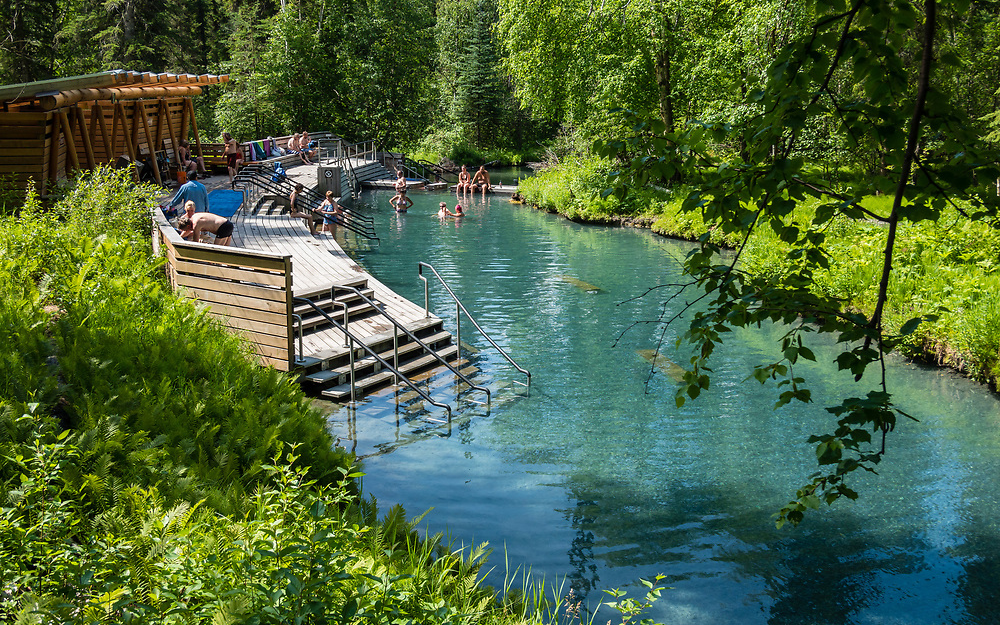
Name and Location: Hot springs near Bethel, Alaska.
History and Significance: The hot springs near Bethel are natural geothermal features that have been used by the Yup’ik people for centuries. These warm, mineral-rich waters are believed to have therapeutic properties and provide a welcome respite from the cold Alaskan climate.
What to Expect: Visitors can relax and soak in the hot springs, enjoying the peaceful surroundings and the soothing warmth of the water. Some hot springs have been developed into rustic resort-style facilities, while others remain in a more natural state.
Visitor Information: The most well-known hot springs near Bethel are the Ophir Creek Hot Springs, located about 40 miles northeast of the city. Access to the hot springs typically requires a fly-in trip or a long hike, and visitors should be prepared for rustic conditions and limited amenities. It is important to respect the natural environment and follow any posted guidelines or regulations when visiting the hot springs.
One of Bethel’s more unique natural features are its hot springs lying just 12 miles outside of town. In Alaska’s otherwise freezing environs, imagine sinking into geothermally heated waters for a soothing break. The origins stem from faults in the earth’s crust producing underground heat that warms groundwater in subterranean pockets. Hot liquid then surfaces in natural pools or pequeña springs scattered across otherwise frigid Arctic tundra with average year-round temperatures barely breaching 35°F.
Revered for their healing mineral properties, these steaming oases have attracted people for centuries. The Eskimo name for the spot by Bethel translates to “the place where you boil yourself,” indicating thermal waters have long served as gathering spots. The maintained pools offer a developed site to experience the relaxation ritual still revered by indigenous cultures today.
Bring a towel and plan on some mandatory unwinding. Going from bracing cold air to pleasantly hot waters makes the rapid transition especially enjoyable and almost medicinal feeling. Given Alaska’s northern latitude location, soaking up heat from the earth’s fiery core helps thaw feelings when you need reprieve from Bethel’s usual bitter weather.
Visit Nearby Kusilvak Census Area Villages

Name and Location: Villages in the Kusilvak Census Area, located in the Yukon-Kuskokwim Delta region of southwestern Alaska.
History and Significance: The villages in the Kusilvak Census Area are predominantly Yup’ik communities, with a rich cultural heritage and a way of life closely tied to the land and rivers. These villages have been inhabited for thousands of years and continue to maintain traditional subsistence practices, such as fishing, hunting, and gathering.
What to Expect: Visitors can experience the unique culture and way of life in the Kusilvak Census Area villages by participating in guided tours or cultural immersion programs. These experiences may include visiting traditional Yup’ik homes, learning about subsistence activities, and interacting with local community members.
Visitor Information: Visiting villages in the Kusilvak Census Area requires careful planning and respect for the local communities. Many villages are remote and can only be accessed by air or river travel. Visitors should arrange their trips through reputable tour operators or by contacting the villages directly. It is important to obtain permission before visiting and to follow any guidelines or protocols set by the communities to ensure a respectful and mutually beneficial experience.
Most visitors fly or drive directly into Bethel but never journey beyond city limits to visit smaller villages populating the surrounding Kusilvak Census Area located along the lower Yukon River and middle Kuskokwim River. Exploring bush communities like Oscarville, Napakiak, Nunapitchuk, Kasigluk, Kwethluk, Akiachak, Tuluksak, Akiak, and others accessible via public transit like small regional passenger planes or a summer hovercraft service gives you authentic glimpses into Yup’ik life today.
Journeying along the watery byways relied on for centuries better reveals how interconnected yet isolated each place stays depending on unreliable outboard boats, temperamental planes, sort-of-navigable rivers, a lone cold gravel road, and no year-round land routes to anywhere.
Residents accustomed to perpetual fly-in access welcome visitors, proudly host local tours showcasing arts and customs persevering despite outside cultural corrosion, feed you surprisingly delicious food showcasing subsistence culinary skills, and invite you into mustardy-gold smokehouses protecting racks of hanging salmon representing literal lifelines during the short summer season.
Travel across the roughened land and shallow boggy waters characterizing the distant Delta challenges perception of accessible reality. But staying with welcoming hosts when weather inevitably disrupts your departure schedule offers unexpected insight into norms surrounding reliance, generosity, patience, adaptation, hardship, humor, and humility ingrained after lifetimes spanned waiting on the next flight, next shipment, next relative to arrive, and next day hoping better fortune materializes in a capricious landscape whose fluctuations govern all.
Conclusion
Despite being geographically isolated small frontier town in rural Southwest Alaska, the opportunities for engaging activities and cultural experiences are numerous when visiting Bethel.
The remote riverside city surrounded by vast stretches tundra wilderness and tiny Yup’ik villages is an ideal destination for nature lovers, fishing and mushing enthusiasts, Alaska history buffs interested in missions or native traditions, shoppers seeking authentic handicrafts, and even those simply wanting comfortable lodging and direct access to the great outdoors.
Whether using Bethel as a launch point for backcountry adventures by boat, sled dog team, fat tire bike, or floatplane, or preferring to stay right in town immersed among welcoming locals eager to share heritage, Bethel serves up quintessential aspects of Alaska only further amplified by its “end-of-the-road” setting.
Despite minimal mainstream tourism development to date compared to other Alaskan hotspots, Bethel delivers big when it comes to unfiltered experiences highlighting the state’s stunning landscape diversity and resilient indigenous cultures that prevail even in the continent’s most challenging settings. So pack your fleece-lined adventuring hat and sturdiest boots to fully embrace the magic of America’s last frontier out on the tundra!

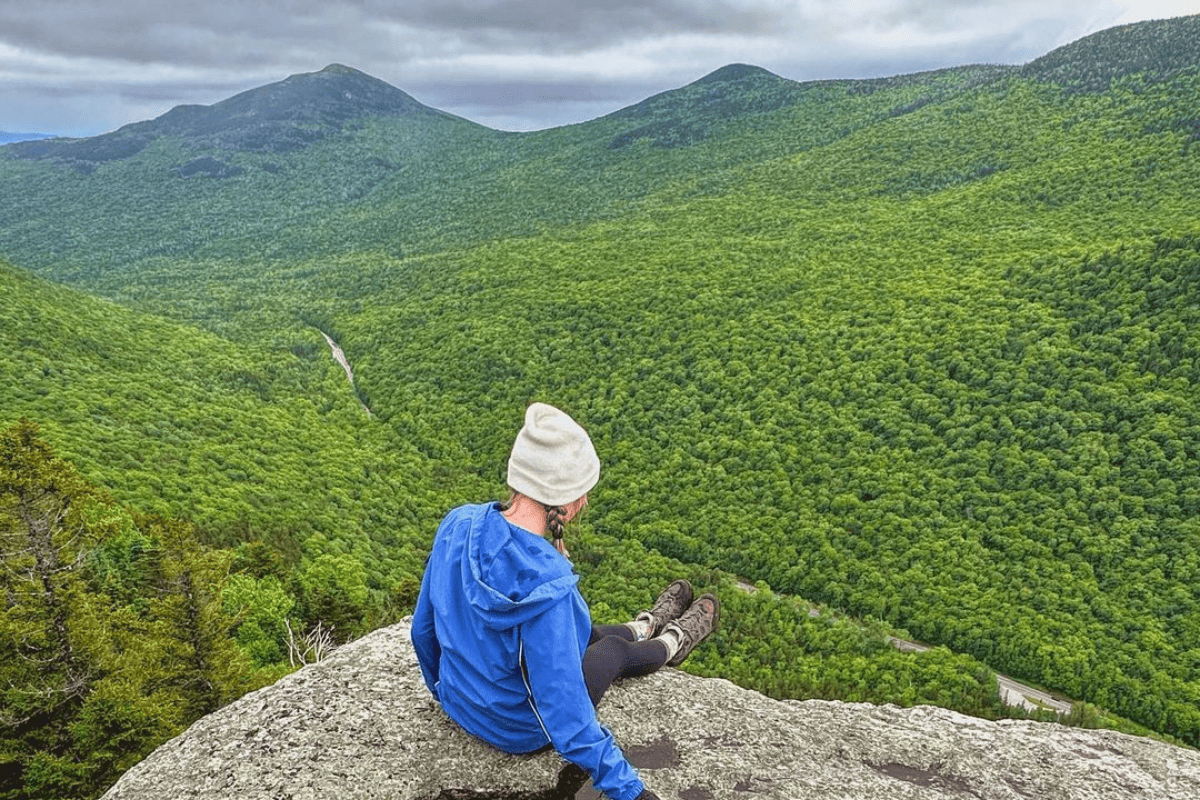
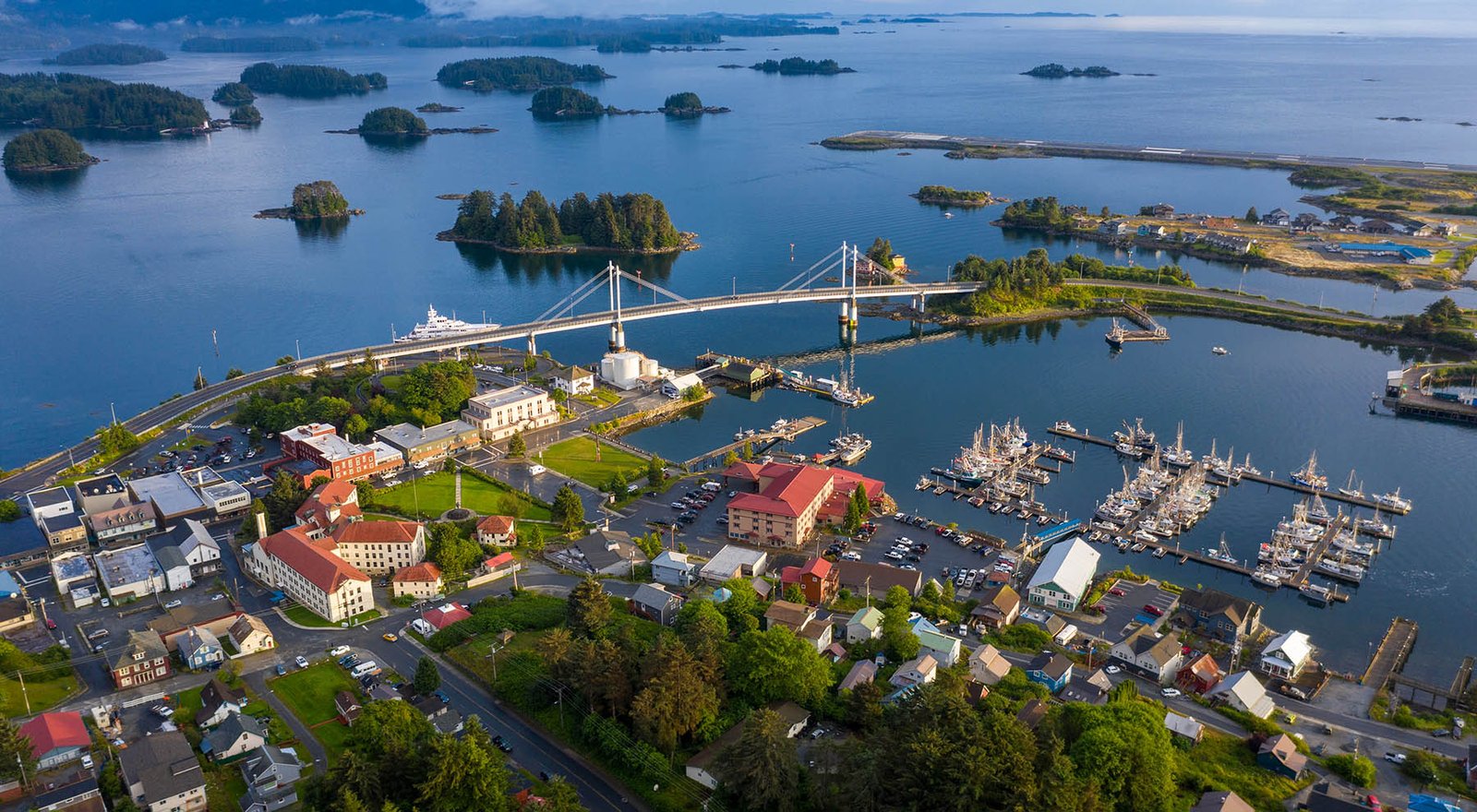
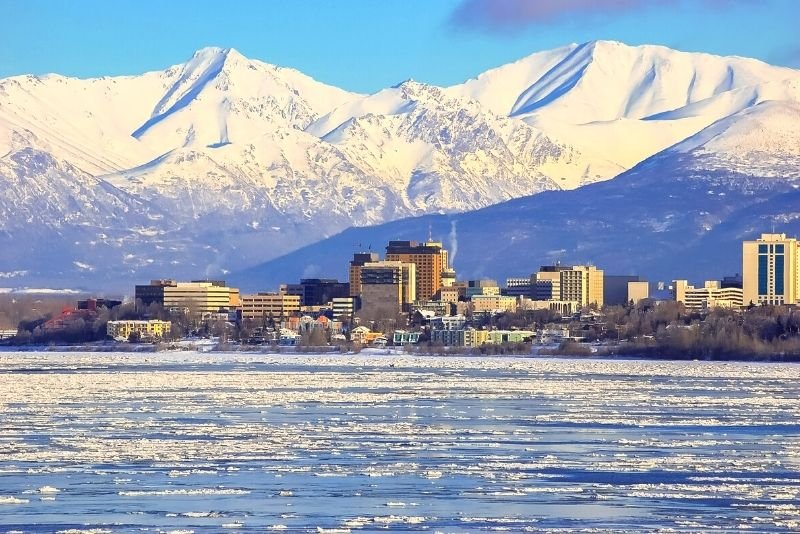
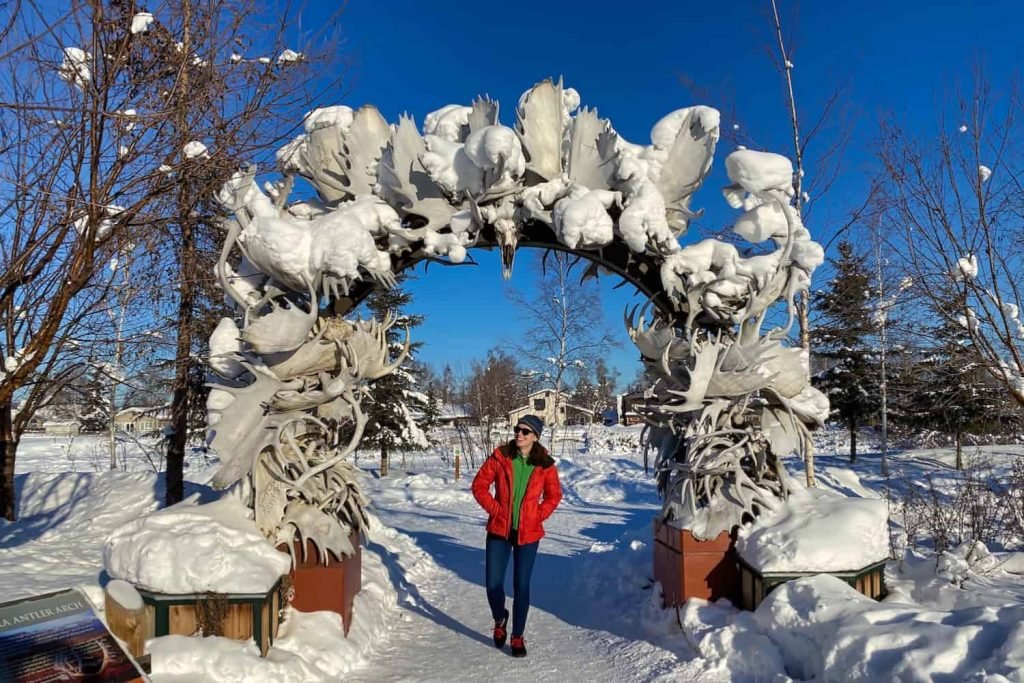
Join the Conversation